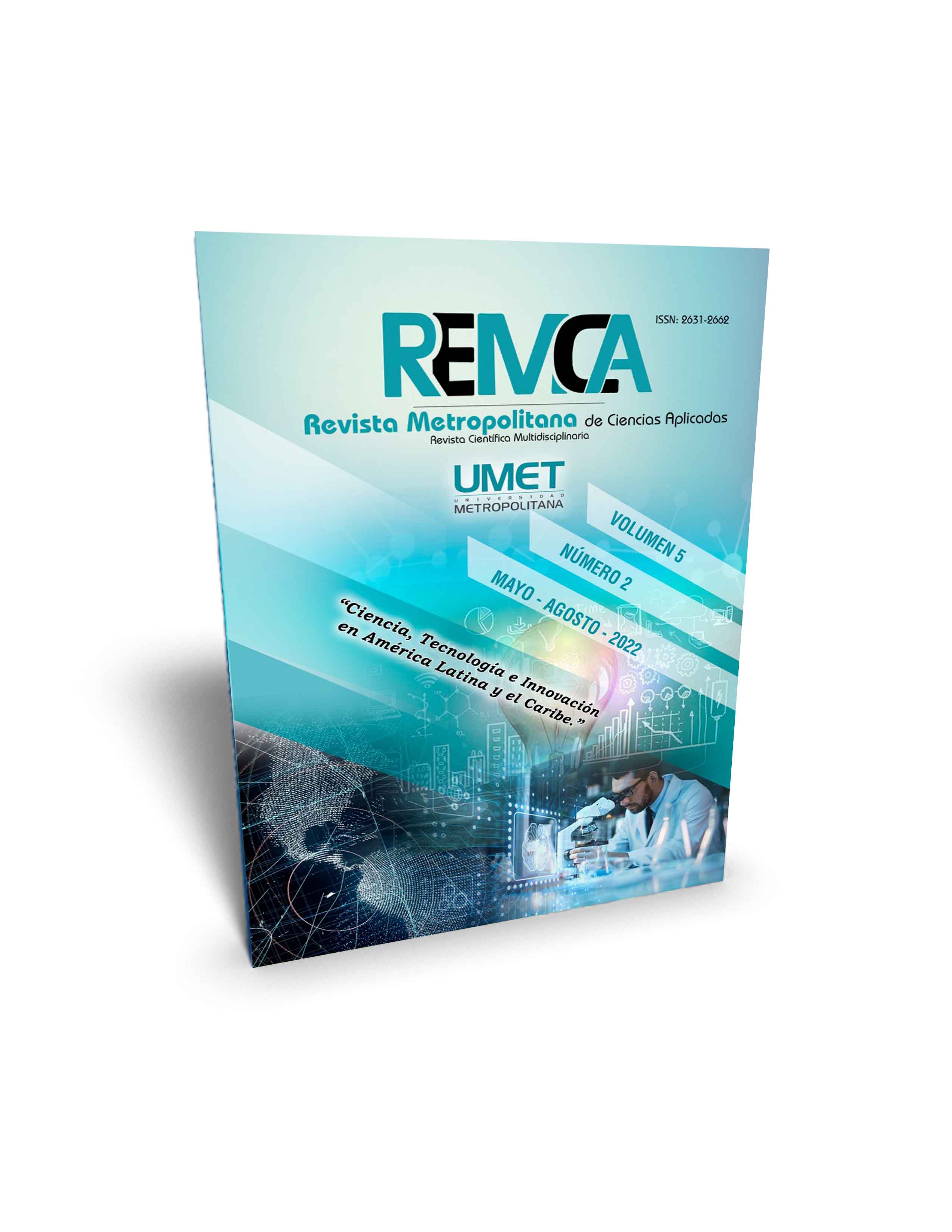Liderazgo femenino: experiencia de directoras de escuelas primarias de Panamá
DOI:
https://doi.org/10.62452/rwavc378Palabras clave:
Liderazgo femenino, género, jerarquías de poderResumen
Este trabajo presenta las características de las directoras de educación primaria desde una necesidad de conocer cómo se construyen los liderazgos femeninos en contextos escolares a partir de una muestra aleatoria simple de directores y directoras de Panamá. El estudio cuantitativo, contempla un cuestionario aplicado a una muestra aleatoria de directores y directoras del Ministerio de Educación en Panamá que contempla las características de líderes académicos desde la perspectiva de género y bajo la escala psicométrica de Likert. El estudio cualitativo recupera el sentir y hacer de las directoras en sus centros escolares en escuelas de Panamá. Las entrevistas se realizaron con herramientas digitales mediante zoom y video llamadas y aportaron las particularidades y características de los liderazgos femeninos en Panamá. Como hallazgos importantes se tienen las intencionalidades de los liderazgos femeninos permeados por un fuerte sentido de pertenencia al grupo y habilidades de convocatoria y convencimiento. El otro rostro que mostramos son las desigualdades de género en los cargos directivos femeninos, la eterna gestión feminizada con el techo de cristal que no permite ascender en las jerarquías de poder, así como mayor carga docente, administrativa y desigualdad salarial para acceder a un cargo directivo a diferencia de los directores.
Descargas
Referencias
Blackmore, J. (2006). Justicia social y el estudio y la práctica del liderazgo en la educación: una historia feminista. Journal of Educational Administration and History, 38, 185-200.
Carrasco, A., & Barraza, D. (2021). Una aproximación a la caracterización del liderazgo femenino: el caso de directoras escolares chilenas. Revista mexicana de investigación educativa, 26(90), 887-910.
Cruz, C., Lucena, C., & Domingo, J. (2020). Female principals and leadership identity. A review of the literature. The International Journal of Organizational Diversity, 20, 45-58.
Delgado, M. (2021). Factores que intervienen en el acceso de las mujeres a la alta dirección de las empresas vallecaucanas. (Tesis doctoral). Universidad de Panamá.
Díez, E., Terrón, E., & Anguita, R. (2009). Percepción de las mujeres sobre el "techo de cristal" en educación. Revista interuniversitaria de formación del profesorado, 64(23), 27-40.
Lagarde, M. (1999). Claves feministas para liderazgos entrañables. https://xenero.webs.uvigo.es/profesorado/marcela_lagarde/liderazgos.pdf
Moncayo, B. C., & Zuluaga, D. (2015). Liderazgo y género: barreras de mujeres directivas en la academia. Pensamiento y gestión, (39), 142-177.
Murillo, J., & Hernández, R. (2014). Liderando escuelas justas para la justicia social. Revista Internacional de Educación para la Justicia Social, 3(2), 11-30.
Navarro, J., Vergara, M., & Eijach, M. (2018). Liderazgo femenino en el escenario educativo: un fundamento para posibles intervenciones psicoterapéuticas y sociales. Archivos Venezolanos de Farmacología y Terapéutica, 37(5), 489-494.
Organización de Estados Iberoamericanos. (2017). Miradas sobre la educación en Iberoamérica. OEI .
Painter, M. (2012). Género, liderazgo y organización. En, BBVA, Valores y Ética para el siglo XXI. (pp. 475-507). BBVA. https://www.bbvaopenmind.com/wp-content/uploads/2012/01/BBVA-OpenMind-libro-2012-Valores-y-Etica-para-el-siglo-XXI.pdf
Panamá. Ministerio de Educación. (2021). Marco muestral, caracterización general de los centros educativos según el cumplimiento de la estadistíca del sistema educativo de la República de Panamá. MEDUCA / Oficina de estadística.
Red Latinoamericana por la Educación. (2015). Situación educacional en Panamá. una mirada desde los principales indicadores educativos 2016. REDUCA. https://www.reduca-al.net/observatorio/reportes/situacion-educacional-de-panama-una-mirada-desde-l-123
Descargas
Publicado
Número
Sección
Licencia
Derechos de autor 2022 Rosa Elena Durán González, Miguel Ángel Esbri Montoliu, Arlette Vite Vega (Autor/a)

Esta obra está bajo una licencia internacional Creative Commons Atribución-NoComercial-CompartirIgual 4.0.
Los autores que publican en la Revista Metropolitana de Ciencias Aplicadas (REMCA), están de acuerdo con los siguientes términos:
1. Derechos de Autor
Los autores conservan los derechos de autor sobre sus trabajos sin restricciones. Los autores otorgan a la revista el derecho de primera publicación. Para ello, ceden a la revista, de forma no exclusiva, los derechos de explotación (reproducción, distribución, comunicación pública y transformación). Los autores pueden establecer otros acuerdos adicionales para la distribución no exclusiva de la versión de la obra publicada en la revista, siempre que exista un reconocimiento de su publicación inicial en esta revista.
© Los autores.
2. Licencia
Los trabajos se publican en la revista bajo la licencia de Atribución-NoComercial-CompartirIgual 4.0 Internacional de Creative Commons (CC BY-NC-SA 4.0). Los términos se pueden consultar en: https://creativecommons.org/licenses/by-nc-sa/4.0/deed.es
Esta licencia permite:
- Compartir: copiar y redistribuir el material en cualquier medio o formato.
- Adaptar: remezclar, transformar y crear a partir del material.
Bajo los siguientes términos:
- Atribución: ha de reconocer la autoría de manera apropiada, proporcionar un enlace a la licencia e indicar si se ha hecho algún cambio. Puede hacerlo de cualquier manera razonable, pero no de forma tal que sugiera que el licenciador le da soporte o patrocina el uso que se hace.
- NoComercial: no puede utilizar el material para finalidades comerciales.
- CompartirIgual: si remezcla, transforma o crea a partir del material, debe difundir su creación con la misma licencia que la obra original.
No hay restricciones adicionales. No puede aplicar términos legales ni medidas tecnológicas que restrinjan legalmente a otros hacer cualquier cosa que la licencia permita.




